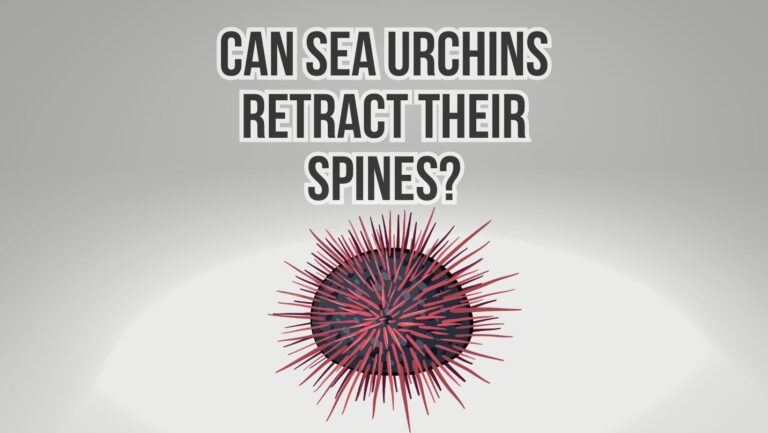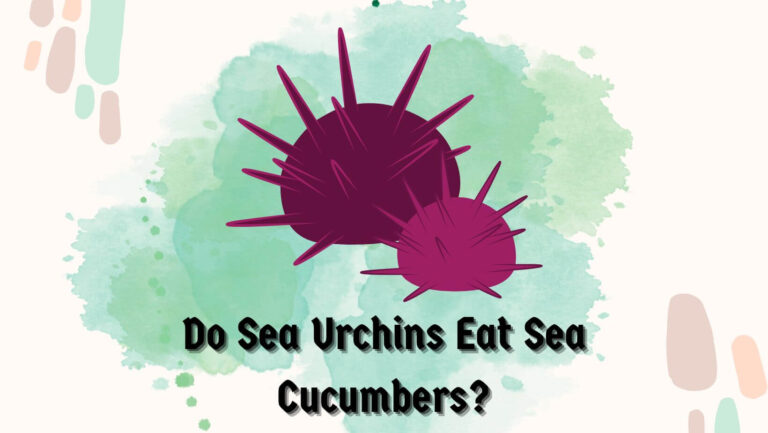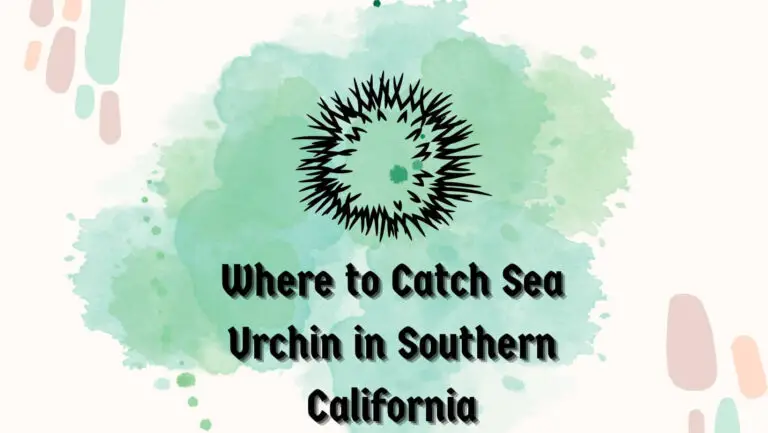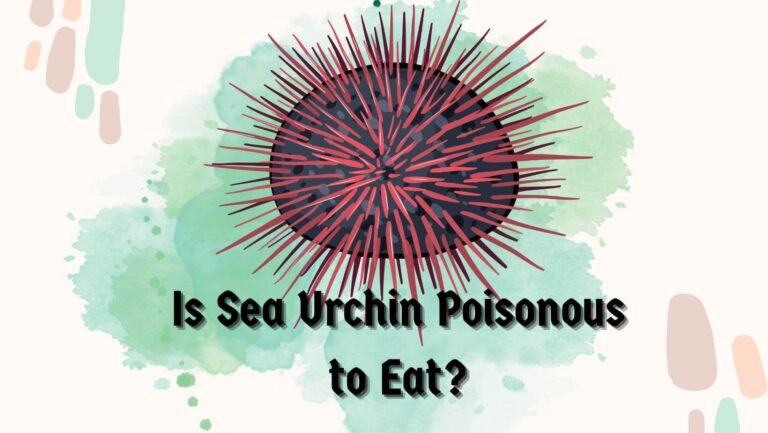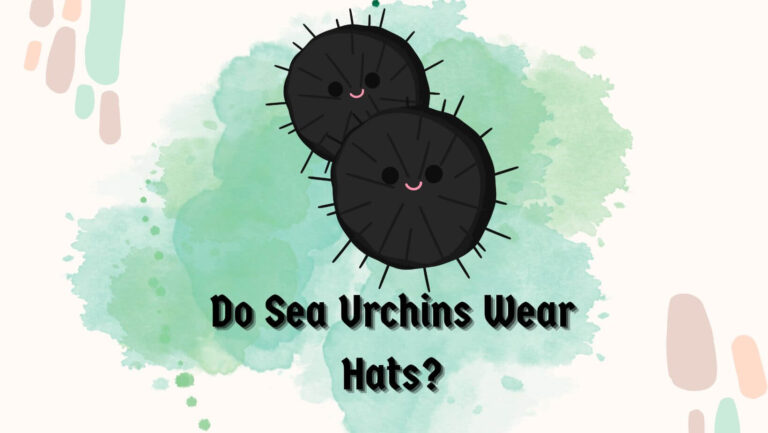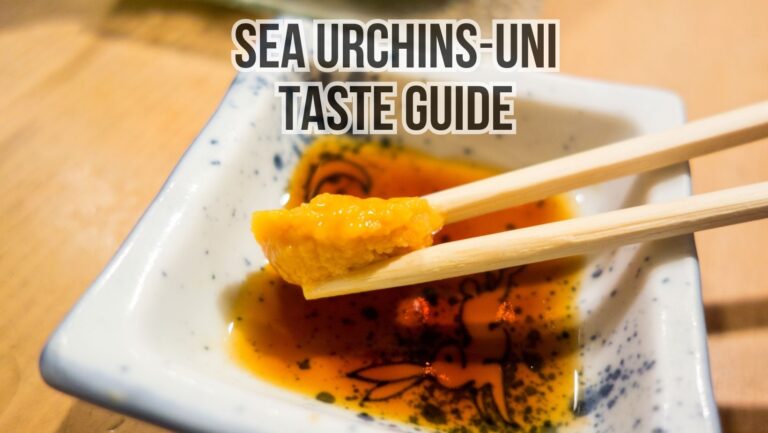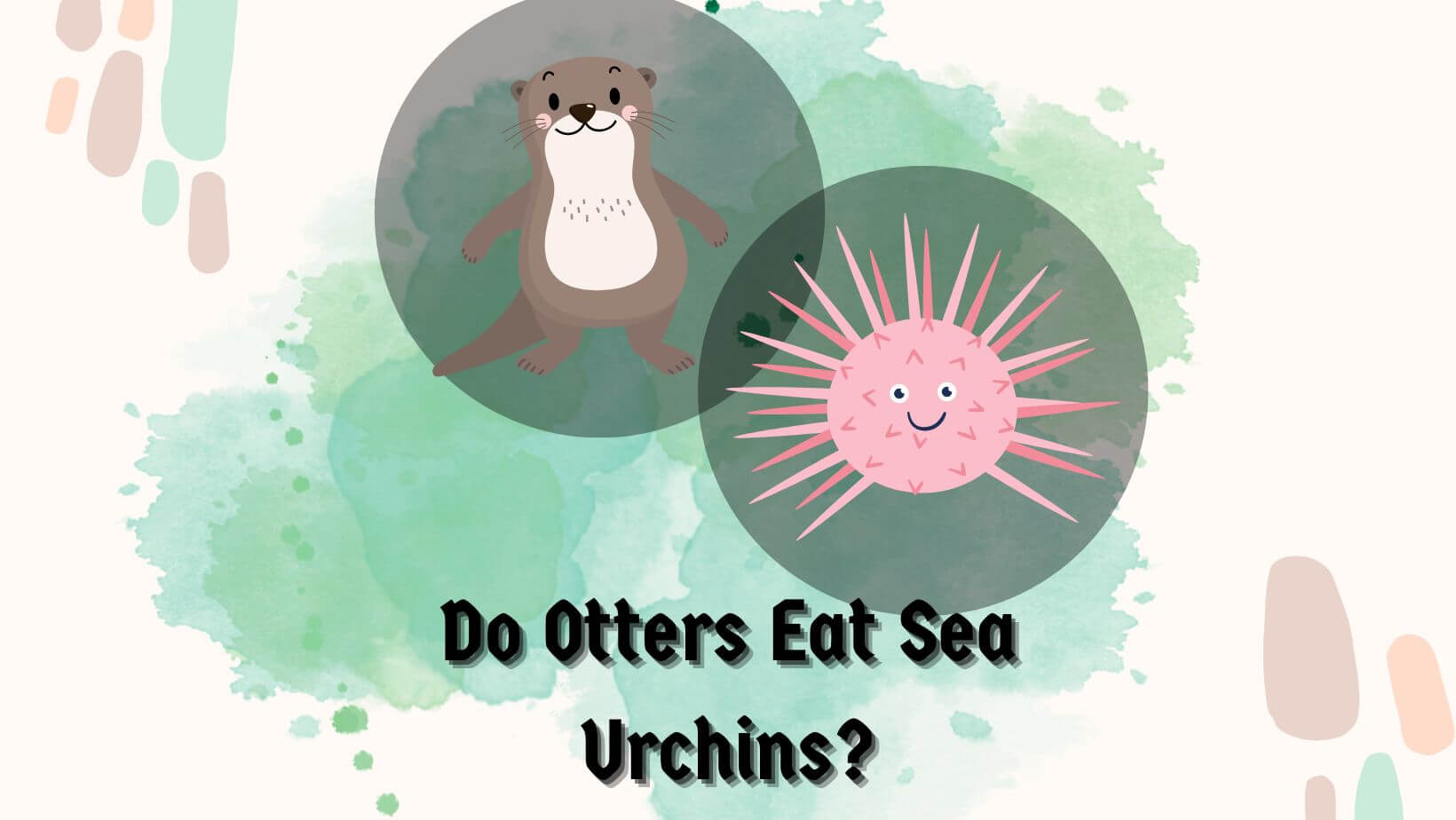
You are not alone if you just noticed Sea urchins around you and wondered if they have any predators. People often think that no animal would dare to touch them due to their spiny exterior, which is also sensitive to touch, and Sea urchin may exert their spine, making it more spiked when it feels threatened.
Therefore, if they have any Predators, they do have. One Sea urchin Predator that has been noticed actively feeding on Sea urchins is sea otters. In this article, I am not only going to answer the question: Do otters eat Sea urchins? But also provide valuable insights into their ecological relationship when they coexist in any environment.
I will also provide valuable insights on what benefits sea otters gain from eating Sea urchins, as well as conservation implementation implications we should consider. But before I tell you all of this, let’s begin with first knowing: do sea otters eat Sea urchins?
Table of Contents
Do Otters Eat Sea Urchins?

Yes, otters eat sea urchins. They also play a crucial role in stabilizing the ecosystem by consuming sea urchins, particularly in California. Sea otters are known to eat 33 different types of food, including shield prey like Sea urchins.
Sea otters keep the Sea urchin population in check by feeding on them and preventing the overgrazing of kelp forests and the algae community.
Much evidence has supported that otters can actively prey on Sea urchins. Many studies have documented instances of Sea otters consuming sea urchins as a regular part of their daily diet.
In the water on the coast of Vancouver Island, a study observed sea otters consuming Sea urchins regularly. The researcher also analyzed that the diet composition of sea otters living in that area almost constituted 30% of their overall consumption of Sea urchins.
You should also know that several factors can influence sea otters’ consumption of sea urchins. It has also been frequently observed that Sea otters are more likely to feed on Sea urchins if their other preferred items, like fish or crabs, are less abundant.
In studies, we also found that sea otters’ diet composition varies depending on the availability of different prey species in the environment. Therefore, it can also support that otters may increase their consumption of Sea urchins as an alternative food source when fish & crab populations are low.
With the help of evolution and their intelligence, sea otters have also developed behavior adaptation to consuming Sea urchins effectively. You should know that their nimble paws and skill help them precisely handle and manipulate Sea urchins.
Sea otters have also been frequently noticed using rocks as a tool to crack open the hard cells of Sea urchins and then access the nutritious inner flesh. This shows their remarkable ability to adapt to their environment and exploit other food sources.
You should know that these species are fascinating creatures that play an important role in their respective environment and the Marine ecosystem. Sea otters are known for their playful nature and sleek appearance, considered semi-aquatic mammals from the Mustelidae family.
On the other hand, sea urchins are spiny animals in the class Echinoidea. Therefore, we must understand the feeding habits of sea otters to comprehend their ecological impact as well as the overall health of the marine ecosystem. To do that l, we will need to look further at the ecological relationship between sea otters & Sea urchins.
- Other Intriguing Topics To Discover
- Do Sea Urchins Harm Coral?
- Do Crabs Eat Sea Urchins
- Do Sea Urchins Eat Phytoplankton
Otters & Sea Urchins: An Ecological Relationship
Do you know sea otters and Sea urchins share a significant ecological role? You should know that Sea urchins are one of the primary prey items for sea otters, and the interaction between two species always has far-reaching consequences.
In many regions, you can see otters preying on Sea urchins showcasing their Predator-prey relationship that also influences the population dynamics of both species. If sea otters are present in any ecosystem, you can always see a notable impact on Sea urchin populations.
Many studies have shown that sea otters’ activity consumes Sea urchins when they’re present in rocky shores, kelp forests, or any respective environment where Sea urchins are abundant.
You should know that it can also decrease Sea urchin populations, which may require a conservation strategy. You should know that research conducted by Smith in the coastal waters of California shows that the population of sea urchins significantly declined in areas where sea otters are abundant in the surrounding ecosystem but can influence the Marine diversity of kelp forests.
You should know that Sea urchins are known to graze on kelp particularly. Subsequently, Sea urchins can overgraze on kelp if their population is left, disrupting this vital ecosystem. Therefore, the presence of sea otters helps regulate the Sea urchin population and preserve the health & diversity of California.
However, Sea urchins also face a significant population decline due to predation and overharvesting. One of the primary Predators of Sea urchins is also human. You should know that humans are also actively hunting and harvesting Sea urchins for their roe, known for their delicacy, buttery texture, and distinct flavor around the country in culinary dishes.
That is why it is also important to put effort towards the conservation implications and management of Sea urchins. However, coming back to the point, if you want to understand better the impact of otters on the Sea urchin population, you can take a quick look at the different population numbers in different regions in the table below.
| Region | Otter Population | Sea Urchin Population |
| California | 10,000 | 50,000 |
| Alaska | 8,500 | 70,000 |
| British Columbia | 5,000 | 45,000 |
| Japan | 2,000 | 30,000 |
(Data source: Marine Mammal Center)
Benefits of Otters Eating Sea Urchins

As I told you, there are many benefits of orders eating Sea urchins, particularly when sea urchins are overgrazing kelp forests. As I told you earlier, sea otters play a crucial role in controlling this Sea urchin population in check while maintaining a healthy balanced ecosystem.
As I told you earlier, regulating the Sea urchin population is important to prevent the overgrazing of kelp forests. Kelp forests are a highly productive ecosystem that supports a wide array of marine organisms.
Therefore, we must take towards overgrazed forests and preservation because they serve as critical habitats & food sources for fish and invertebrates and contribute towards carbon sequestration.
If the Sea urchin population is abundant in any area, the kelp forest will suffer a huge loss of biodiversity and structure integrity. Therefore sea otters can help their population control by actively feeding on them.
We must pay attention to preserving forests through otters’ predators on Sea urchins, as it can also have more cascading effects on other species within the ecosystem. If kelp forests thrive, they will create suitable habitats for commercially important fish species like salmon, as they particularly rely on these habitats for shelter. Therefore let’s take a quick look at some conservation implications.
Conservation Implications
We must understand the importance of sea otters in maintaining a balanced ecosystem. Therefore, we should also work toward the conservation effort to protect their population. We should know that sea otters also feel threatened by habitat loss caused by human activities.
We should work towards initiatives like habitat conservation and pollution reduction, as well as the establishment of protected areas that contribpreservingtion to sea otters’ habMany organizations like the otter conservation society work tirelessly to raise awareness and advocate for the conservation of otter & their ecosystem.
Not only otters but we should also acknowledge the importance of protecting Sea urchins and the kelp forest populace. That we properly conceptestablishingment of marine protected areas where sea urchins can thrive naturally within the ecosystem.
Our government will soon collaborate with scientists, policymakers, and the local community to successfully implement such strategies. Maintaining a balanced ecosystem should be of utmost importance for the well-being of the terrestrial & Marine environment.
Therefore, by understanding and valuing the ecological relationship between otters and sea urchins, we can always inform decisions that prioritize the preservation of these species as well as their habitats.
You May Also Like Reading
Conclusion
In conclusion, otters are important for Marine ecosystems as they play a vital role by consuming Sea urchins and other prey. The Predator-prey relationship between otters and Sea urchins has significant ecological implications, particularly for preserving kelp forests.
By consuming Sea urchins, otters also regulate Sea urchin populations while preserving the health & diversity of these critical Marine habitats. I hope I have given you all the information required on the topic: Do Sea Otters Eat Sea Urchins? If you find this article helpful, then consider sharing it.
You should know that many ongoing research and conservation efforts are being implemented so we can continue to expand our knowledge & take steps to safeguard otters and the delicate balance of our Marine ecosystem.
If you find the article helpful, then consider sharing it. Your share can help many people learn about the importance of Sea otters predating on Sea urchins and conservation implications for kelp forests, Sea urchins, & otters population.
This article will not only provide them with the answer to the question: do Sea otters eat Sea urchins? But also provide valuable insights into a Predator-prey relationship between both species with significant ecological implications. See you in the next post, till then, take care & goodbye.

